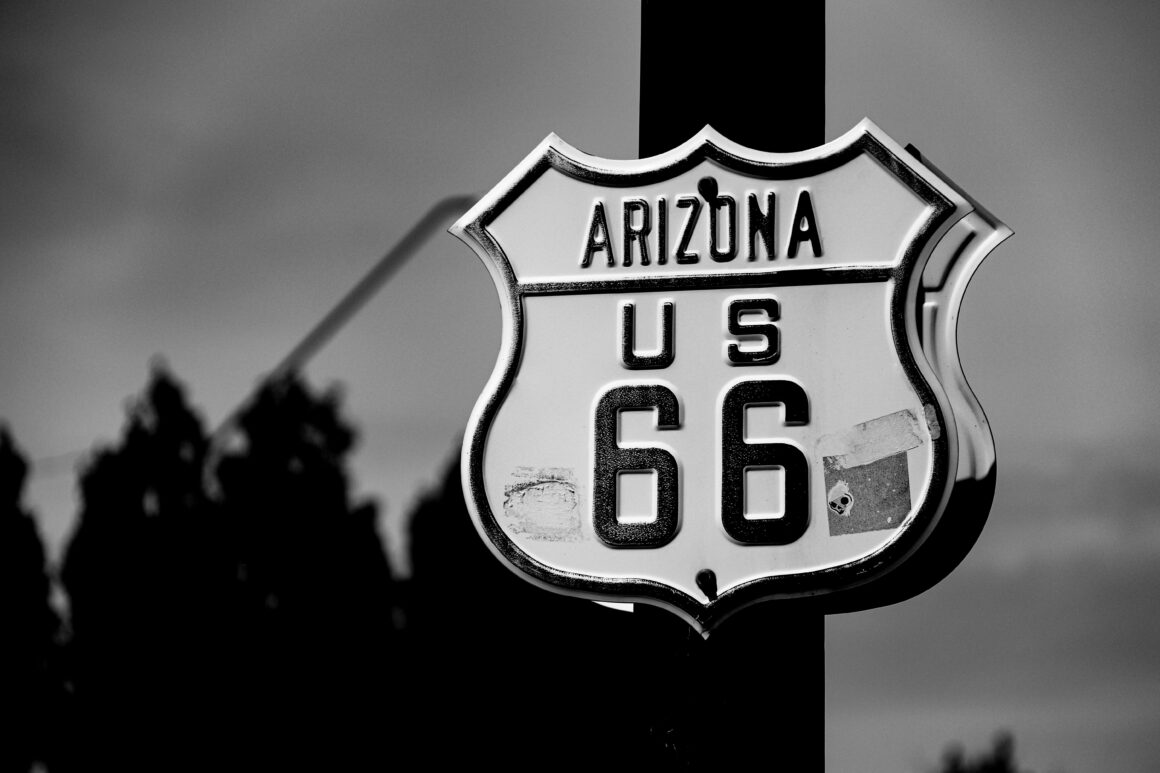In New Zealand, a debate over whether the media’s coverage of recent border botch-ups was unwarrantedly livid
If you want to read a newspaper in New Zealand, you’re not exactly spoiled for choice. There’s the NZ Herald, our only really national paper. A site called Stuff NZ is the Herald’s biggest rival, and it operates online and through a staple of regional papers. That’s pretty much it for paper offerings. For TV news, there’s One News and Newshub. And RNZ and Newstalk ZB rule the radio. The point? New Zealand’s media scene is small. So it can’t afford to be overly partisan, or sensationalist, because a few sites have to cater to New Zealanders of every stripe.
Despite this, coverage of a recent scandal over New Zealand’s border isolation processes has had some claiming the media crossed that line into scaremongering.
Here’s the lowdown.
On June 8, New Zealand ended all restrictions bar border controls. It was the 17th-straight day of no new COVID cases. But, eight days later, bad news broke the virus-free streak. Two returning New Zealanders, released early from managed isolation to visit a dying relative, had met with friends in Auckland on the way to Wellington. There, they tested positive for COVID.
The issue was that the two New Zealanders had been released early from quarantine without returning a negative COVID case, as should have been the case under Ministry protocol. Further stories soon flooded the media about botch ups at NZ’s border facilities. In one example, a journalist reported that people who had just about served their 14 days in quarantine were hanging out in smoking rooms with others who had just arrived at the facility.
The response from the national media to these new cases was loud and angry. Commentators alternated between words like “fundamental failings,” “shambles” and “a disgrace.” Eventually, the health minister resigned.
But even as headlines asked: “should heads be rolling?,” others read more along the lines of “Some in the media need to calm down.”

A debate over the role of the media arose. Had the media hype played a crucial role in pressuring the government to fix the border botch ups through its relentless coverage of the slip-ups? Or was it unnecessarily undermining public trust in an otherwise competent government – and giving people a false sense that community transmission was happening. In other words, had the slip up been played for clickbait?
As always, it seemed like a bit of both.
The media certainly aired legitimate concerns – they were plenty of stories of mismanagement. The public wanted to know how many other returnees were let out early without testing. The media pushed for answers and got them. 51 of 55 were not tested, as should have happened.
All good journalism. But on the other hand, there was some sensationalism.
It might’ve been hard to catch it from all the talk of “chaos at the border,” but only those two women tested positive, out of all the returnees to be let out early. In addition, the media said a lot about “great public anger” at the news of the two women. “A tsunami of anger,” one columnist wrote. No polls to properly gauge public sentiment had been conducted, though.
The national media also spread unfounded claims from the opposition – that a homeless man had joined the queue into managed isolation and got a free hotel stay for two weeks, or that the two women had had a “kiss and a cuddle” with the friends they met on the way to Wellington. A ministry of health investigation of CCTV found no evidence of the homeless man’s story. The ministry confirmed that such close contact had not happened.
There were also cases where crucial information was kept from headlines – one headline on the Herald online read that 1000s of people had left isolation without a test. Only on further clicking did you discover that these people had been through the mandatory fourteen days of isolation, and so the risk of transmission was low. The media often repeated claims from the opposition that there was community transmission ongoing. A month later, no such transmission had been found.
What are the takes here?
In the fallout of the testing incident, the government instituted several strict reforms. The military would oversee the facilities. Director of Health Dr. Ashley Bloomfield guaranteed no one would leave without being tested. Lately, no new stories of mismanagement have arisen, although several returnees have broken out and been arrested. Hayden Donnell, from RNZ Mediawatch, had this takeaway: “Those reforms might be enough to make sure New Zealand avoids a Covid-19 catastrophe in the coming weeks. If that’s the case, we can thank good, persistent reporting for making us all a little bit safer, even if it came at the cost of Bloomfield’s halo.”
On the other side of the debate, journalist Glen Johnston took this view: “The inescapable conclusion is that the media willingly colluded with the opposition’s attack lines, relying on the fear and scandal that generated to attract eyeballs – clickbait,” as he wrote in an opinion piece on Al Jazeera.
After a streak of over 100 days of no community transmission, the virus has recently appeared to have reseeded in New Zealand. The government announced on Tuesday 11 that a family in Auckland had tested positive and that no links had been found so far to the border. Auckland has returned to lockdown. And the opposition has launched into familiar attack lines, blaming failure on the part of the government border facilities – and suggesting that the government has known about the new cases for a while.
How will the media respond?
Featured image via Ulanwp



